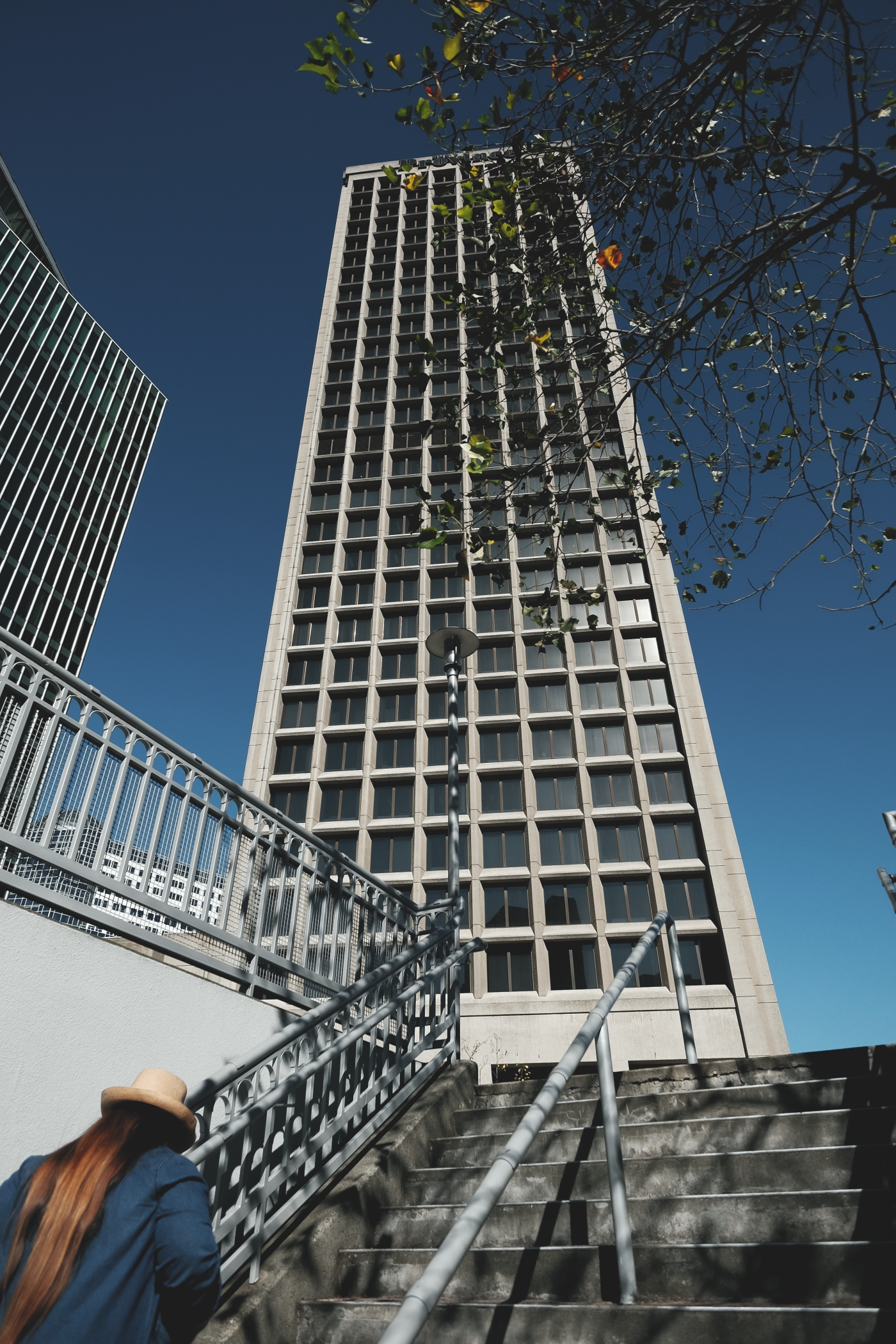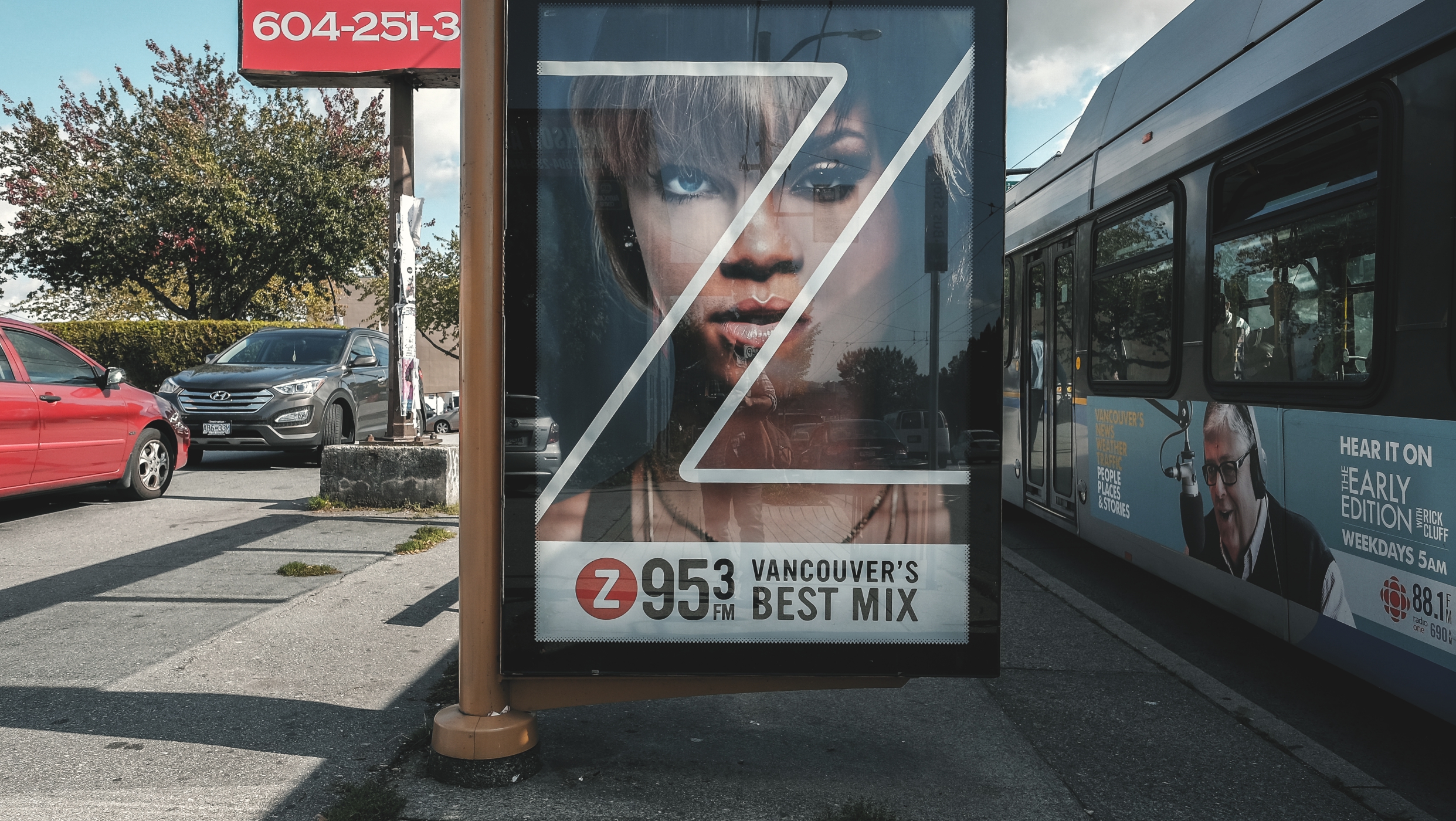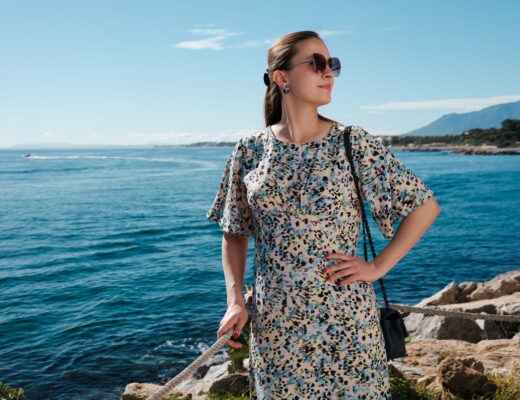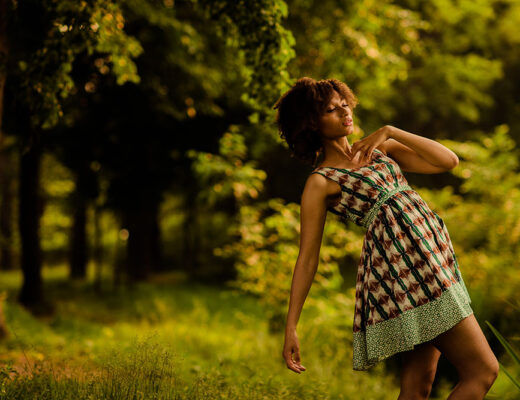As a camera reviewer I often get asked which camera or lens I recommend, or which format or brand is better. The best answer I can give is that any brand, camera or lens is good for a certain type of photographer or a specific style of photography. When getting into the Fujifilm X series system, many choose their standard lens first, either a zoom or a prime, and then start looking for specialty lenses, such as a telephoto or wide-angle. I often get asked which is the best wide-angle lens to get. First the decision is prime or zoom. If it is a prime (which is what I usually recommend for most) then it is either the the XF14, XF16 or even the Zeiss Touit 12mm f/2.8. I often point to the XF14mm as the best wide angle lens for the Fujifilm X system.
Is it because the XF14mm is the sharpest? The XF14mm is definitely very sharp, but so is the XF16mm. As a street photographer, size and weight is a big consideration and the XF14mm f/2.8 is the perfect balance of size and weight. It has a 58mm front filter thread, the same as the standard XF18-55mm lens, perfect for sharing filters and oddly enough, the same lens hood. The XF14mm balances really nice on the X-E2 and X-T10, and having a dedicated aperture and focus ring along the outside helps for quick adjustments. Yes the XF16mm also has the same features, but it is much larger in size and weight (67mm filter thread and 375g). The Zeiss Touit 12mm lens is almost as light as the XF14mm, but it also has a large 67mm front filter thread and lacks a focus and depth-of-field scale.
Size and weight is a consideration, but the actual angle-of-view is also very important. What makes the 14mm lens a ‘better’ angle-of-view than the 16mm or even 12mm? Let us consider the 14mm versus the 16mm. Although I really enjoyed shooting with the XF16mm lens, the angle of view has become common place. Many zoom lenses and most compact point-and-shoot cameras now go to the 24mm equivalent wide angle-of-view (approximately 84 deg). In the film days, it was rare to have a standard zoom lens go 24mm wide. If you wanted that focal length, you had to go with a wide-angle zoom, something like a 16-35mm or 20-40mm. However, because of modern lens technology and software correction, the 24mm wide angle has become the new standard wide, no longer an extreme focal length. Looking through the lens with the XF16mm looks fantastic, but the focal length wasn’t spectacular. The Fujifilm XQ2 point-and-shoot can go to a 25mm equivalent focal length at its widest view, which is an amazing engineering feat; but cameras like this takes the ‘wow factor’ away from the XF16mm lens.
The XF14mm is different. With a 21mm equivalent angle-of-view (89 deg), this lens is what I would consider the beginning of the modern ultra-wide prime lens. Except for the unique Ricoh GR21 film point-and-shoot, I do not know of any modern camera that comes standard with a 21mm focal length lens. This angle-of-view is expansive and exciting to shoot because it is very different from the lenses we use on a day-to-day basis. On a wide lens the infinity focus point is much closer, making it easier to focus on subjects when you stop down to around f/5.6-8. The last marked distance on the XF14mm is 3 metres before the infinity symbol appears on the focus scale. On the street, set the distance to about 2 metres, stop down to f/8.0, and everything from 1 metre to infinity will be in focus. Just note all Fujifilm lenses that have the pull-back focus scale on the lens barrel will not show the digital focus and depth-of-field scale on screen, which is silly. Please change this in firmware Fujifilm!
Why not get the amazing XF10-24mm f/4.0 R OIS instead? Basically you get 4 to 5 prime lenses (10mm, 12mm, 14mm, 16mm, 18mm, 23mm) in a single lens with optical image stabilization to boot! Isn’t this the perfect wide-angle lens? With a 72mm front filter thread and weighing in at 410g (almost twice the weight of the XF14mm), this lens feels like 4 lenses in one. I also found that once I settled into my shooting style, I naturally gravitated towards a single focal length and stopped zooming. In fact, if this lens was a 12-18mm f/2.8 or 12-18mm f/4 but significantly smaller and lighter, perhaps I would be more interested. As well, learning to shoot with a prime lens helps you develop a certain style and aesthetic to your images. If you are always zooming in and out as a framing tool, you will never settle into a specific look. If you are undecided about which focal length is best for you, look at how other photographers have used each of these wide angle focal lengths and see which look appeals to you. For me it is the 14mm. The Ricoh GR compact point-and-shoot offers a wide angle adaptor. Guess what focal length? Yup, the 21mm equivalent. It is a classic focal length.
In conclusion, I highly recommend the Fujifilm XF14mm f/2.8 lens as a primary ultra-wide prime lens for your Fujifilm X system. I have a warm spot for the 21mm equivalent focal length and I have learned to see and shoot at this angle-of-view. As a premium lens, the XF14mm has the pull back manual focus ring with focus and depth-of-field scale, and it’s all metal construction feels solid in the hands. The only negative I have about this lens is the cheap lens hood that is the exact same as the standard XF18-55mm lens, and the lack of on-screen focus scale. I did not compare the Zeiss Touit 12mm f/2.8 lens because I have not personally reviewed the lens. However, I can say that aesthetically the modern look of the Zeiss lens appears more natural on a Sony e-mount body, with the rubber focus ring and space-ship-like body. The 9 blade rounded aperture rings will probably render the out-of-focus-area better than the XF14’s 7 blade rounded blades, but wide angle lenses do not render Bokeh very well (except for the XF16mm lens). Finally, I have never been a fan of the 18mm equivalent angle-of-view, but this is just a personal preference. I find that the edges start to get too distorted and the distance between you and your subject gets so close that your own body casts a shadow on your subject. Again, it is a personal thing. To me, the 21mm equivalent XF14mm f/2.8 is the classic focal length for an ultra-wide prime lens, and the classic design and feel works perfectly with the aesthetics with the Fujifilm line-up of bodies.

























